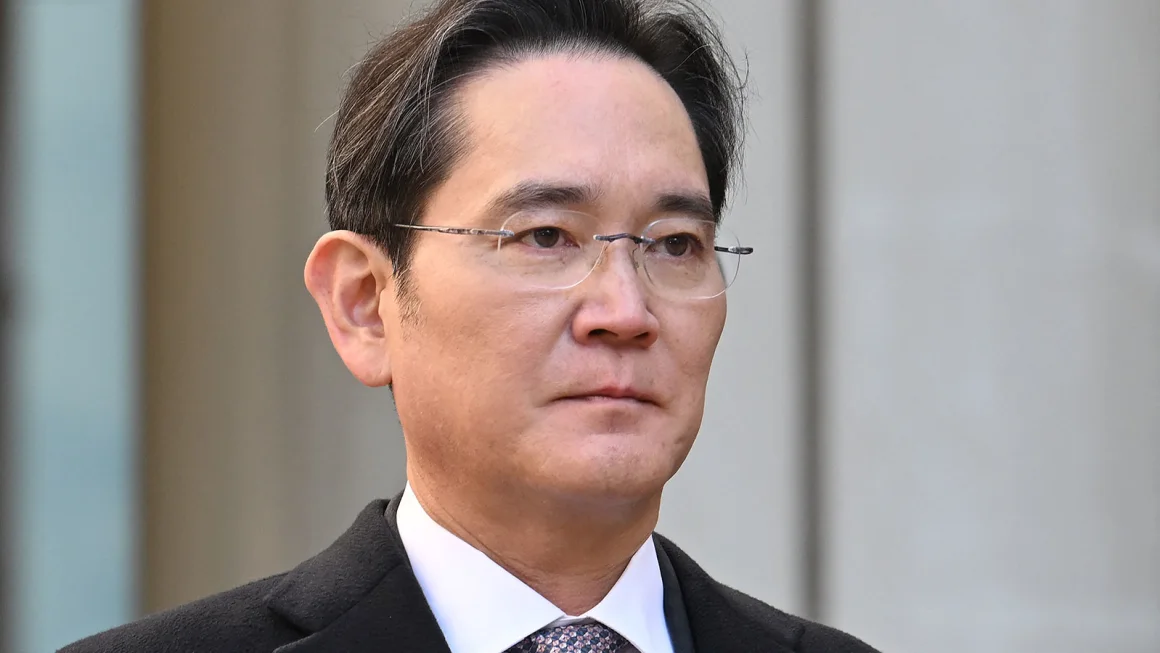On Wednesday night, a tragic crash ended a 16-year streak of no fatal crashes in U.S. commercial aviation. A regional jet, operated by PSA Airlines for American Airlines, collided mid-air with a U.S. Army Black Hawk helicopter while preparing to land at Ronald Reagan Washington National Airport. The crash, which resulted in the deaths of 67 people, is the first fatal commercial airline incident in the U.S. since 2009. Investigations into the cause of the collision are ongoing.
Despite an overall safe record for air travel in the U.S., experts warn that increasing stresses on the air traffic control system and congestion around major metropolitan airports, especially Washington D.C., have been cause for concern in recent years. A well-documented shortage of air traffic controllers and recent near-miss incidents, including close calls with helicopters near Reagan National, point to a growing risk in U.S. aviation.
“I’m saddened, but I’m not surprised,” said aviation safety expert Anthony Brickhouse, noting the alarming rise in close calls over the past few years. “If changes aren’t made, you eventually meet with tragedy.”
Experts have pointed out that the U.S. air traffic control system has been under significant strain. A regional jet had to abort its landing just one day before the fatal crash when a helicopter flew dangerously close. Reports from other pilots reveal multiple near-collisions between helicopters and commercial aircraft in recent years, underscoring the mounting pressure on the system.
As safety measures in aviation continue to be a priority, the incident has drawn attention to the need for greater scrutiny of air traffic control staffing and airport congestion. Captain Dennis Tajer, an American Airlines pilot, emphasized that complacency has no place in modern aviation: “We have to protect the American public’s trust in the system and prevent tragedies like this from ever happening again.”
The Reagan National control tower was staffed at 85%, with only one controller handling both local and helicopter traffic at the time of the collision. The FAA is conducting a full audit of near-miss incidents as part of broader efforts to ensure safety.
The crash is the deadliest U.S. aviation disaster since 2001, and it has sparked further discussion on improving air traffic control and aviation safety in high-congestion areas. The National Transportation Safety Board is leading the investigation into the crash, with further details expected soon.
As the investigation continues, authorities and aviation experts are calling for immediate reforms to prevent such a tragedy from occurring again in the future.














